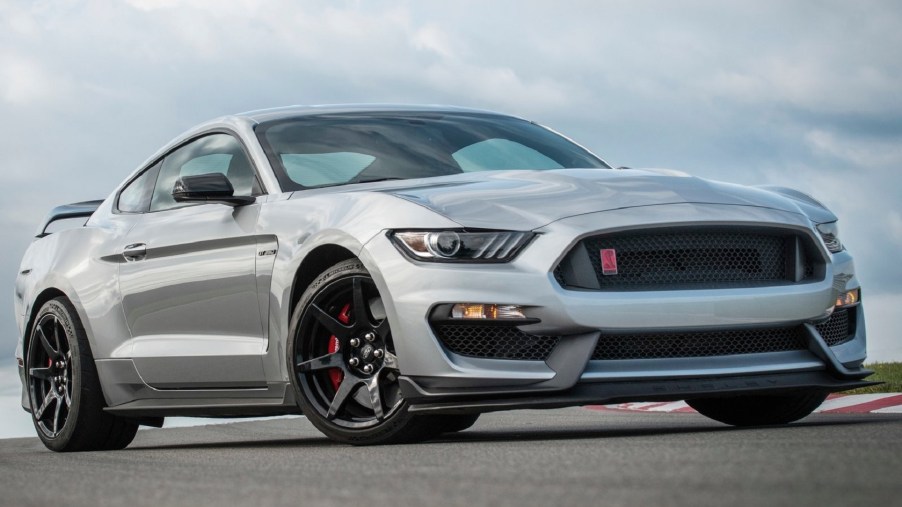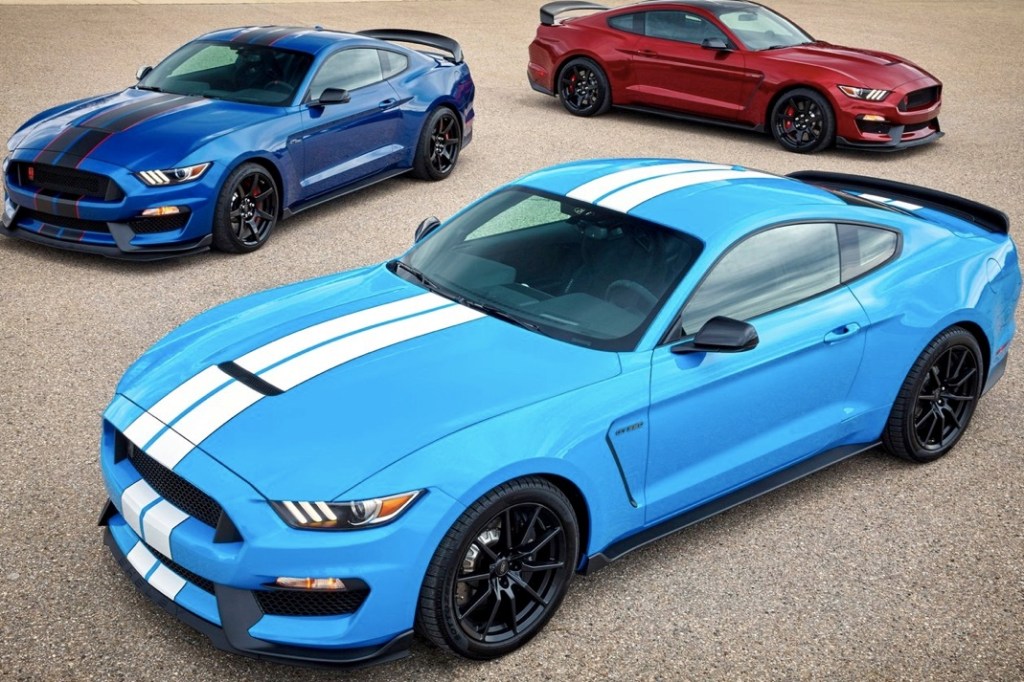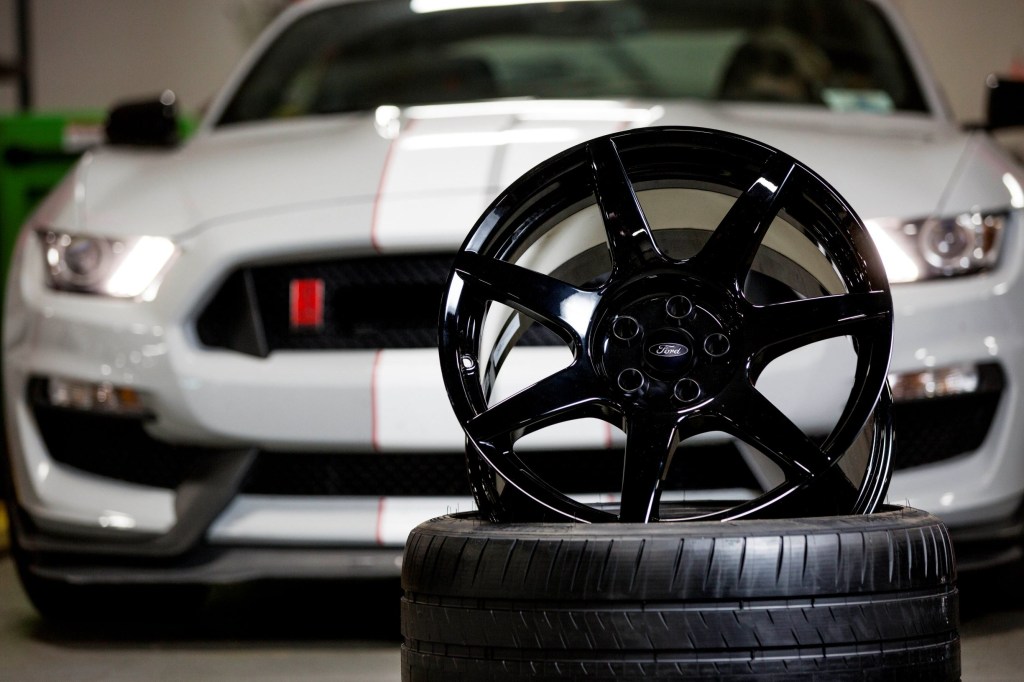
The One Car Killed In 2020 We’ll Miss Most In 2021
Everyone knew it had to die sometime. The Ford Mustang GT 350 and 350R. While the name seems so much less than Boss 429 or GT 500, it was so much more. And it all revolved around the flat-plane-crank 5.2-liter “Voodoo” V8. For that alone, the Mustang GT 350 is the one car killed in 2020 we’ll miss most in 2021.
With 526 hp the Voodoo V8 was a cranker. But that was only the tip of the iceberg. You knew this was something extremely different from the wail that shrieked from the exhaust. The sound was like something otherworldly being fried in cooking grease. It was only partially because of the 8250 rpm spin the engine was capable of.
This was a track rat Ford tried to tame for the street

This was a track rat Ford tried to tame for the street. Especially, the GT 350R was much more configured for the track than the street. The engine was the same as the GT 350, it just had a stiffer suspension and those carbon-fiber wheels. Oh, and the wings and things that were more noticeable.
But while you’ll read this and that about the GT 350 it was all about the flat-plane-crank engine. Most American engines use a cross-plane crank arrangement. With the flat-plane-crank, the throws are 180-degrees apart. So one of the downsides to it, and one of the reasons American engines don’t use it is because of vibration. Cross-plane cranks place the throws at 3, 6, 9, and 12-o’clock to the crank’s centerline.
Ford engineers spent a lot of time and energy countering the effects of the crank vibrations. So, while the engine bolts into a standard Mustang engine bay, it is not the same. But the advantages to it are many.
That’s also why you can rev the Voodoo past 8,000 RPM

First and foremost, a flat-plane configuration means it can be lighter, smaller, and because it has less mass it can be spun faster. That’s also why you can rev the Voodoo past 8,000 RPM, which is kinda crazy. Cross-plane engines require more counterweights which increase weight making it harder to spin.
All of this concludes in a screaming banshee shriek of power. It is in the ballpark of the sound a winged-up Ferrari makes. And guess what? Ferraris are flat-plane-crank driven. The vibrations and shakes can always be mitigated, but more power for less effort means more of an advantage. Advantages are partially what wins races.
We’ll take it any day just to hear that flat-plane shriek

So, while there are plenty of other reasons we will miss the GT 350 and 350R, it all comes down to that flat-plane engine. That, and what the engineers did to make its inclusion in a Mustang the most street bred iteration of this technology. At zero-to-60 in under four seconds for the 350R it lags behind the Chevy Camaro and Dodge Challenger. But we’ll take it any day just to hear that flat-plane shriek.
The GT 350 and 350R are one of those rare symbioses of engineering, marketing, and science, that as we get further into the electric era will stand out as a truly significant event. And as a side note; we expect these to be some of the most desirable production vehicles from this era as they transition from weekend transportation to full-on collectible status.



